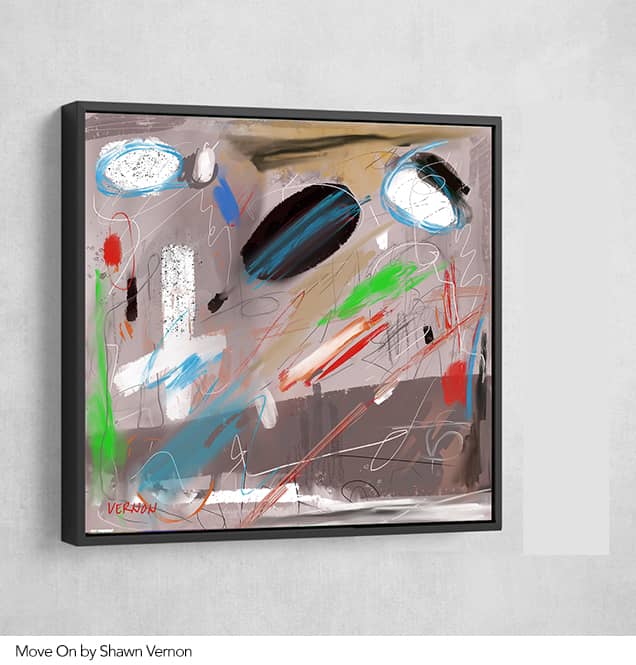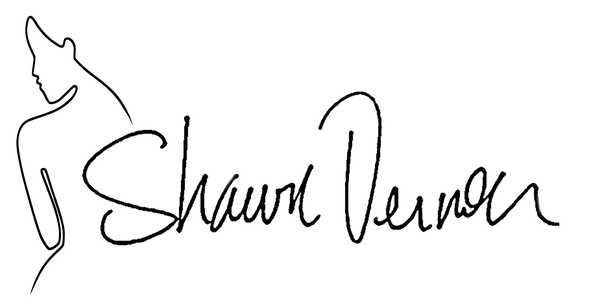
The Ultimate Guide to Abstract Art: Unleashing Creativity and Expression
Introduction
Welcome to our comprehensive guide to abstract art! In this article, we will delve into the captivating world of abstract art, exploring its origins, characteristics, and the impact it has had on the art scene. Whether you're an art enthusiast or simply curious about abstract art, this guide will provide you with valuable insights and knowledge. So, let's embark on a journey through colors, shapes, and emotions!
Understanding Abstract Art
What is Abstract Art?
Abstract art is an artistic style that breaks away from the traditional representation of objects or subjects. Unlike realistic art, abstract art focuses on conveying emotions, ideas, or concepts through non-representational forms. It allows artists to explore their creativity and express themselves freely, creating a visual language that transcends reality.
Origins and Influences
Abstract art emerged in the late 19th century and early 20th century, spearheaded by avant-garde artists who sought to challenge conventional artistic norms. Influenced by movements such as Impressionism, Post-Impressionism, and Cubism, abstract artists aimed to capture the essence of their subjects rather than imitate their physical appearance.
Key Elements of Abstract Art
Colors
Colors play a crucial role in abstract art, as they evoke emotions and set the tone of a composition. From vibrant and bold hues to subtle and muted tones, artists utilize colors to create visual impact and convey different moods. The interplay of complementary or contrasting colors can evoke a sense of harmony or tension, adding depth and complexity to abstract artworks.
Shapes and Forms
Abstract art often features unconventional shapes and forms, ranging from geometric to organic. Artists manipulate these shapes, breaking them down or distorting them to convey their artistic vision. By experimenting with various shapes, artists can create dynamic compositions that stimulate the viewer's imagination and interpretation.
Lines and Textures
Lines and textures are powerful tools in abstract art, allowing artists to add movement, energy, and depth to their creations. Whether it's bold, confident strokes or intricate, delicate lines, each mark contributes to the overall visual experience. Texture, whether achieved through brushwork or mixed media techniques, adds tactile qualities to the artwork, making it visually engaging.
Appreciating Abstract Art
Embracing Subjectivity
One of the fascinating aspects of abstract art is its subjectivity. Unlike representational art, abstract art doesn't dictate a fixed meaning or narrative. Instead, it encourages viewers to engage with the artwork on a personal level, interpreting it based on their own experiences, emotions, and perspectives. This freedom of interpretation allows for a deeper connection between the artwork and the viewer.
Exploring Emotions
Abstract art has the unique ability to evoke a wide range of emotions. Each brushstroke, color choice, and composition contributes to the emotional impact of the artwork. Some abstract artworks may evoke a sense of tranquility and serenity, while others may elicit excitement, confusion, or even contemplation. By engaging with abstract art, viewers embark on a journey of emotional exploration and discovery.
Shawn Vernon https://shawnvernon.com
